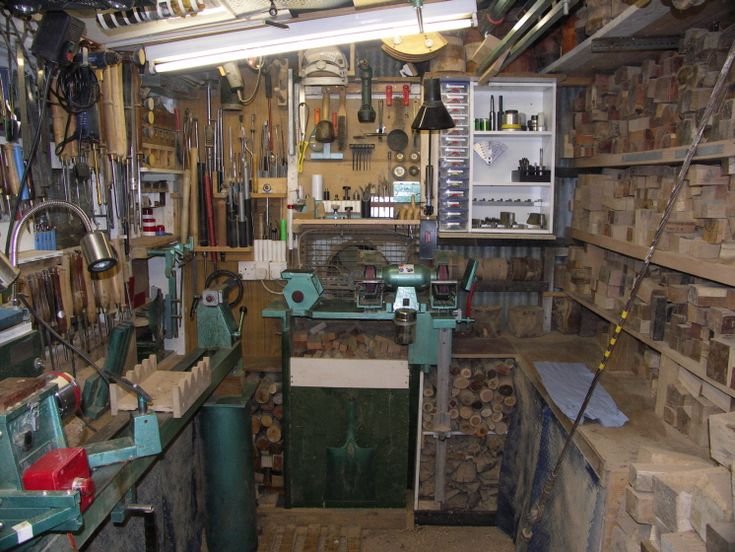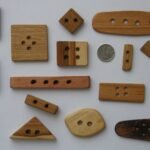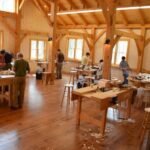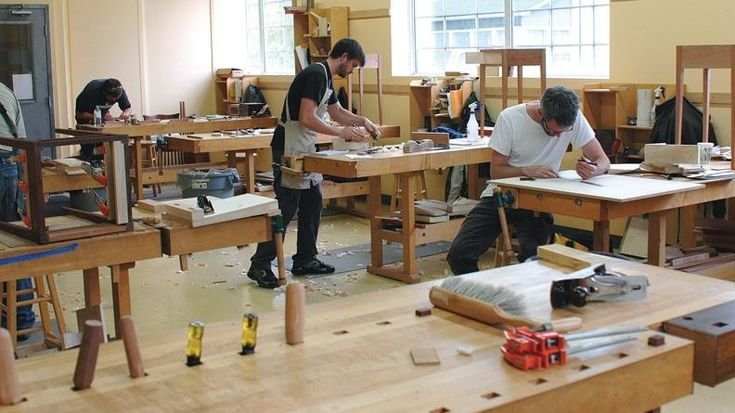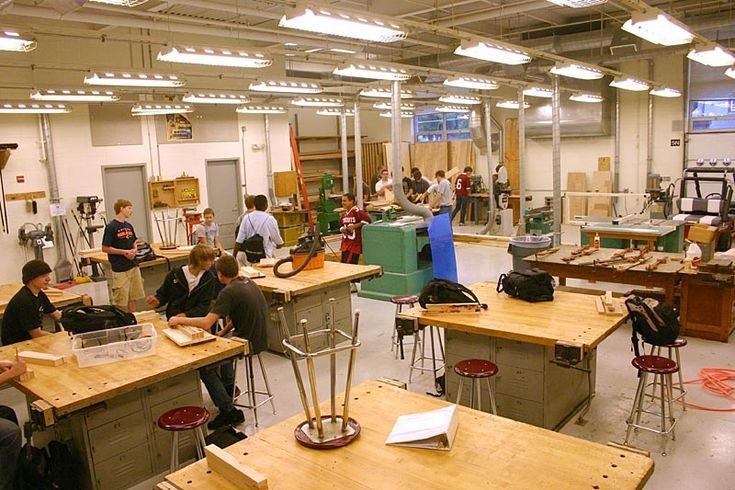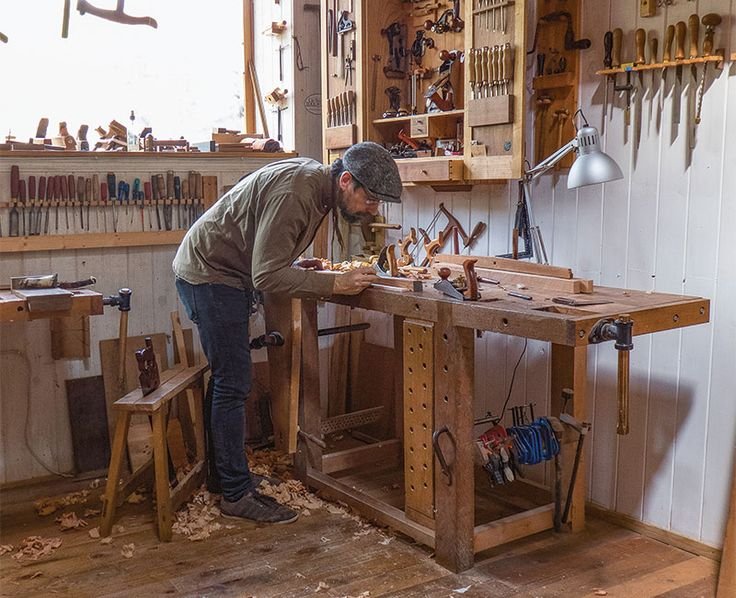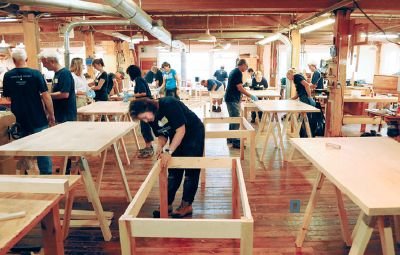Finding My Zen in Japanese Woodworking
You know that feeling when you sign up for a class thinking, “Wow, this is gonna be amazing,” and then, halfway through, you’re just praying you don’t chop off a finger? Yeah, that was me last summer when I decided to try out a Japanese woodworking class in town. I mean, I’m no stranger to carpentry, but I figured, why not spice things up a bit? Little did I know, I was about to dive headfirst into a world filled with finely crafted tools and a whole lot of patience.
So there I was, excited, a bit nervous, and probably over-caffeinated as I walked into the workshop on that first day. I breathed in the smell of freshly sawn cedar and a hint of something sweet—I guess that’s just the wood when you cut it right, but it felt like stepping into some kind of sacred space. The walls were lined with tools I’d never even heard of before. I mean, what’s a “nomi,” right? Turns out, that’s one of those chisels the Japanese use. Okay, cool, let’s do this.
Well, the first problem was that I thought I could just jump in and learn things on the fly. I mean, how hard can it be? Just chop up some wood, right? But then our instructor—who was this calm, sage-like guy named Hiro—I swear he could probably meditate while using a chisel—he asked us to practice on a piece of hinoki wood. Hinoki, for those who don’t know, is a type of cedar that smells incredible when you work with it. Seriously, it was like the wood was giving me a hug. But, man, the thing is soft, and I quickly learned that if you get one wrong angle with a chisel, you’re sort of fried.
I almost gave up when I completely obliterated my first piece. I remember this. I just sat there, staring at the mess I’d made, thinking, “What’s wrong with me? How could I mess up something so simple?” But then I caught a glimpse of Hiro, just patiently guiding one of the others, and it hit me—woodworking isn’t just about the end product; it’s about the process, the journey. It’s like life, you know? Messy but beautifully human.
As classes went on, I started to get the hang of it. The sound of my chisel digging into the wood became less intimidating, and I’d even start to enjoy that rhythmic tapping, like a meditative heartbeat. I’ll admit, I still had my screw-ups, though. One time, while trying to make a joint, I fumbled my saw—this big, beautiful Ryoba—that we were supposed to use for crosscuts. I hadn’t even held a Japanese saw before, and they’re nothing like the ones at Home Depot. This one felt like I was slicing through butter, but I managed to slip, and let’s just say the angle wasn’t exactly perfect. The frustration almost made me want to pack it in, but instead, I just laughed. The way Hiro handled it was a lesson in itself; he just smiled and said, “Mistakes are the wood’s way of showing you the truth.”
Eventually, I got pretty good at crafting simple boxes and even a small stool. It felt like a small victory, right? But it was the little moments that really hooked me. Like that time I spent nearly an hour trying to line up my joints before realizing I’d been flipping my pieces upside down the whole time. I had this inner monologue going, “You’ve been doing this for how long, and you can’t even get it straight?” But when I finally got it right, the way the pieces fit together like they were made for one another—it was genuinely heartwarming.
That’s when I discovered the magic of Japanese woodworking: it’s not just about making something functional; it’s about respect. Respect for the wood, for the craft, and importantly, for the time it takes. The runs over, the finishes, the careful strokes—they all tell a story. And you start to realize that if you get a little splinter, it’s not the end of the world; I mean, it’s just a little wood!
So, there I was, knee-deep in sawdust, feeling like I could take on anything. But the real fun—and challenge—came when we had to finish our projects. I decided to oil my little stool with some natural tung oil. When the smell hit me, sweet and nutty, I was in Heaven. But I was so nervous—I didn’t want to mess that part up. I ended up applying it a little too thick in some areas, and boy, did it look like a shiny mess.
But after drying, it settled beautifully. I can’t even describe that moment when, after such a battle with myself and the wood, it all came together. I laughed when it actually worked, and I thought, “Wow, I made something real.” I had crafted a stool that wasn’t just functional; it was a piece of me.
By the end of the class, I had more than just a few projects under my belt. I walked away with a newfound appreciation for woodworking and a humbling reminder that, while things don’t always go as planned, sometimes the journey is what really matters.
So, if you’re sitting there thinking about giving this a shot—or any project for that matter—just go for it. It’s okay to mess up; it’s part of the fun, really. And you never know what you might create or what lessons you’ll learn along the way. Honestly, that’s what keeps me coming back to the workshop, cup of coffee in hand, and a heart ready to build.

